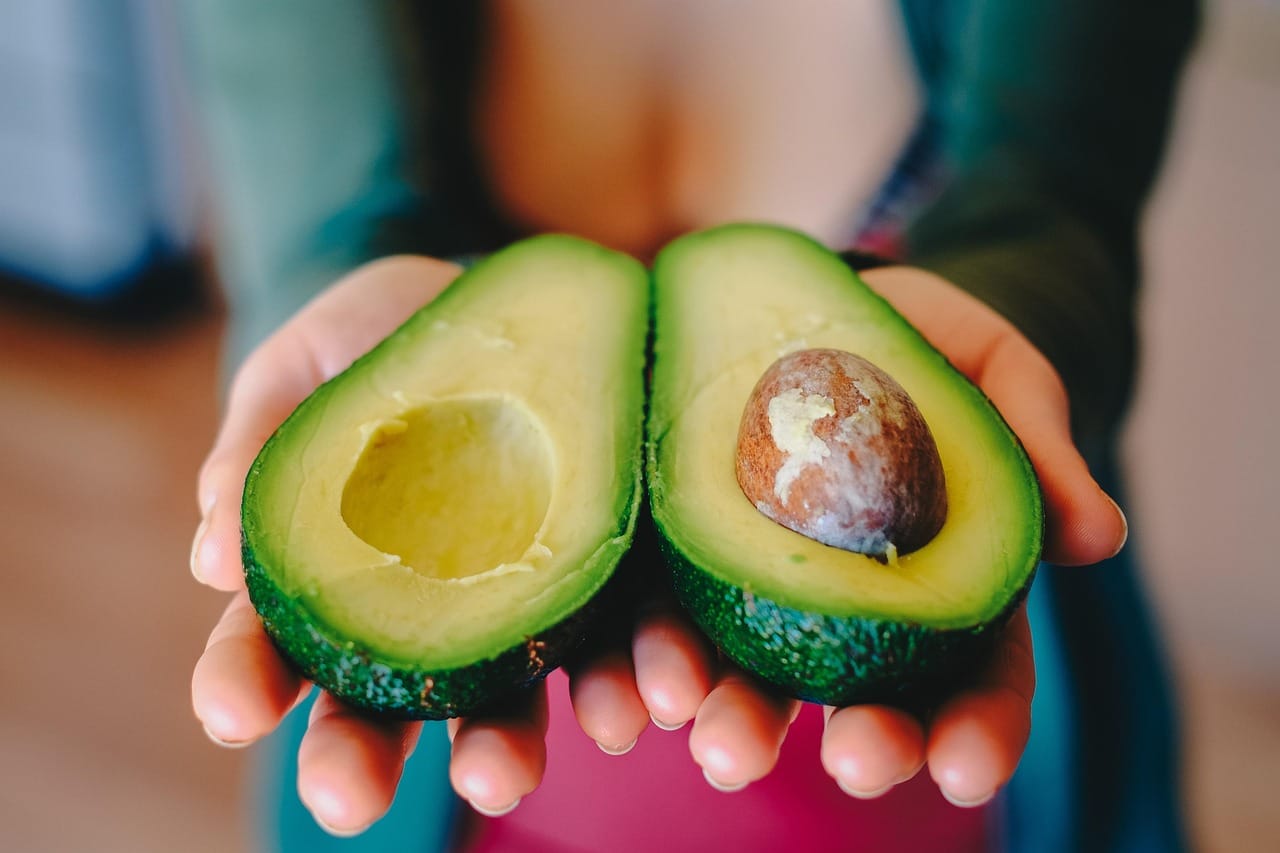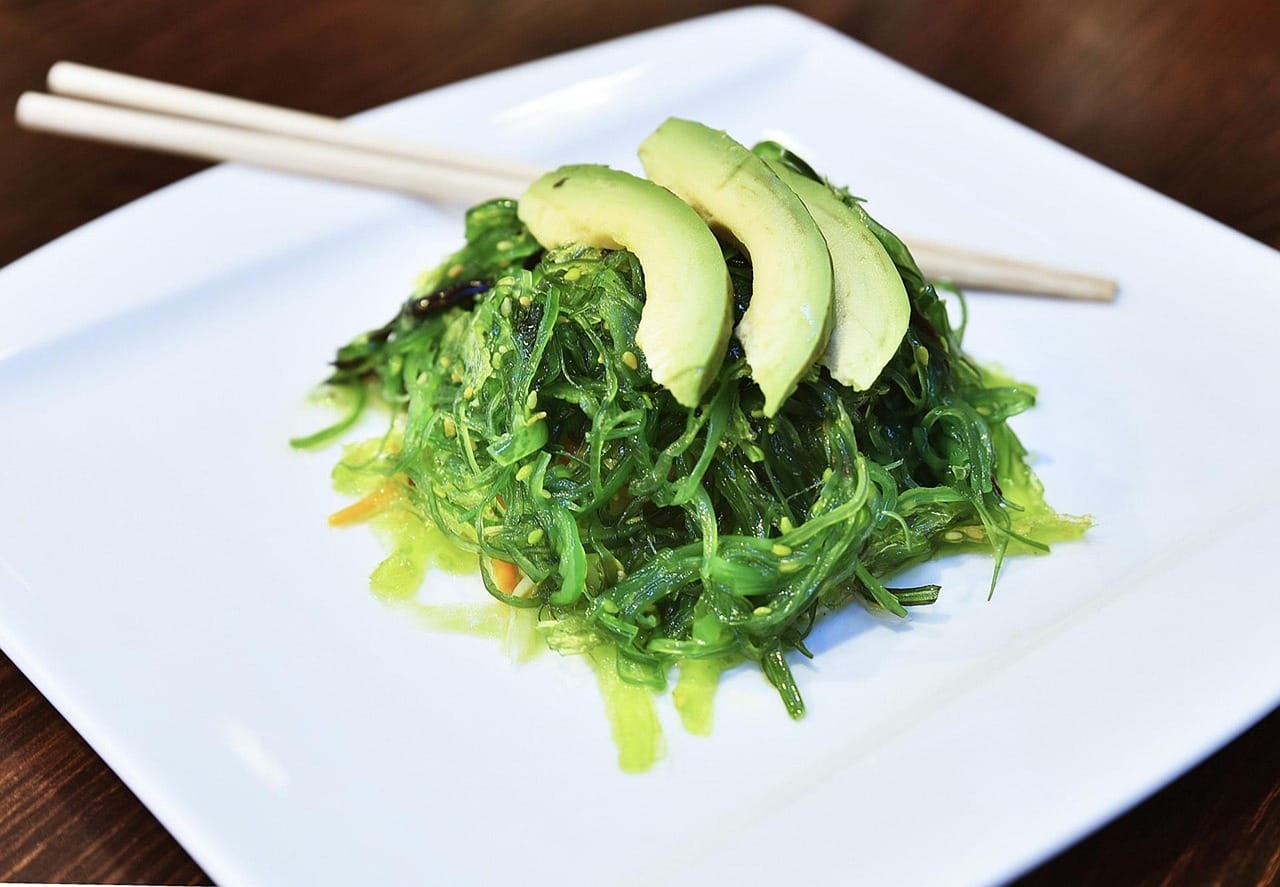Craving a sweet treat but living the vegan life? Look no further than the wonderful world of vegan cookies! Gone are the days of limited options and dry, crumbly textures. Today’s vegan cookie recipes are innovative, delicious, and often indistinguishable from their traditional counterparts. Whether you’re a seasoned vegan baker or just curious about plant-based treats, this guide will delve into everything you need to know about making (and enjoying!) the perfect vegan cookies.
What Makes a Cookie Vegan?
Understanding the Substitutions
Vegan cookies, unlike traditional ones, omit all animal products. This means no butter, eggs, or dairy milk. Instead, vegan bakers rely on clever substitutions to achieve the desired texture and flavor.
- Butter Alternatives: Coconut oil, vegan butter sticks (like Miyoko’s Kitchen Cultured Vegan Butter or Melt Organic Vegan Butter), applesauce, mashed banana, and even olive oil can be used to replace butter, each impacting the final result differently. Coconut oil adds a subtle coconut flavor, while vegan butter sticks often mimic the taste and texture of dairy butter more closely. Applesauce and banana act as moisture binders and can reduce the amount of added sugar needed.
- Egg Replacers: This is perhaps the trickiest part. Popular egg replacers include:
Flaxseed Meal: Mix 1 tablespoon of ground flaxseed with 3 tablespoons of water, let it sit for 5 minutes to form a gel. This works well as a binder.
Chia Seeds: Similar to flaxseed, use 1 tablespoon of chia seeds with 3 tablespoons of water.
Applesauce: Unsweetened applesauce adds moisture and helps bind ingredients. Use about 1/4 cup to replace one egg.
Mashed Banana: Adds sweetness and moisture, making it ideal for cookies with complementary flavors.
Aquafaba: The liquid from canned chickpeas! Believe it or not, it whips up beautifully and can be used to replace egg whites.
Commercial Egg Replacers: Products like Bob’s Red Mill Egg Replacer are convenient and reliable.
- Milk Replacers: Options are plentiful here! Almond milk, soy milk, oat milk, coconut milk, and even rice milk can be used interchangeably in most vegan cookie recipes. Consider the flavor profile – oat milk adds a subtle sweetness, while coconut milk will impart a coconut flavor.
The Importance of High-Quality Ingredients
Just like with any baking, using high-quality ingredients significantly impacts the final product. Opt for:
- Good Quality Flour: All-purpose flour works well in most recipes, but experimenting with other flours, like spelt or whole wheat, can add interesting flavors and textures. Be aware that using different flours may require adjusting the liquid in the recipe.
- Pure Vanilla Extract: Avoid imitation vanilla, as it can have a harsh chemical taste.
- Fair Trade Chocolate: Supports ethical sourcing and often tastes richer and more complex.
- Fresh Spices: Ensure your spices are fresh for maximum flavor. Ground spices lose their potency over time.
Top Vegan Cookie Recipes to Try
Classic Chocolate Chip Cookies
The quintessential cookie, veganized! Finding the right balance of ingredients is key.
- Example Recipe: Search online for “Best Vegan Chocolate Chip Cookies.” Many recipes use a combination of vegan butter and coconut oil for the perfect texture. A recipe might call for: 1 cup vegan butter, 1/2 cup coconut oil, 1 cup brown sugar, 1/2 cup granulated sugar, 2 tsp vanilla extract, 2 tbsp flaxseed meal mixed with 6 tbsp water, 2 1/4 cups all-purpose flour, 1 tsp baking soda, 1/2 tsp salt, 1 cup vegan chocolate chips.
- Tips: Chill the dough for at least 30 minutes (or even overnight) to prevent excessive spreading.
Peanut Butter Cookies
A naturally vegan-friendly option that’s easy to adapt.
- Example Recipe: Many peanut butter cookie recipes can be made vegan simply by using vegan butter. A basic recipe could include: 1 cup peanut butter, 1/2 cup vegan butter, 1/2 cup granulated sugar, 1/2 cup brown sugar, 2 tbsp plant based milk, 1 tsp vanilla, 1 1/4 cup all purpose flour, 3/4 tsp baking soda, 1/4 tsp salt.
- Tips: For chewier cookies, use a slightly higher ratio of brown sugar to granulated sugar. Press the cookies with a fork before baking for that classic peanut butter cookie look.
Oatmeal Raisin Cookies
A comforting and wholesome treat.
- Example Recipe: Look for recipes that use applesauce or mashed banana to bind the ingredients. Be generous with the spices (cinnamon, nutmeg) for a warm flavor. Consider adding chopped walnuts or pecans.
- Tips: Use rolled oats, not instant oats, for the best texture. Soak the raisins in warm water for 10 minutes before adding them to the dough to prevent them from drying out.
Troubleshooting Common Vegan Cookie Problems
Cookies Spreading Too Thinly
- Possible Causes: Too much liquid, not enough flour, warm butter, or not chilling the dough.
- Solutions: Gradually add more flour until the dough reaches the desired consistency. Chill the dough for at least 30 minutes before baking. Ensure your oven is at the correct temperature.
- Actionable Takeaway: Always start with the recommended amount of flour and add more as needed. Don’t skip the chilling step!
Cookies Being Too Dry
- Possible Causes: Not enough liquid, overbaking, or using too much flour.
- Solutions: Add a tablespoon or two of plant-based milk to the dough. Reduce the baking time by a minute or two. Avoid overmixing the dough, as this can develop the gluten and lead to a tougher cookie.
- Actionable Takeaway: Add liquid a little at a time until the dough is moist but not sticky. Watch the cookies carefully while baking.
Cookies Lacking Flavor
- Possible Causes: Using bland ingredients, not enough spices, or not letting the flavors meld.
- Solutions: Use high-quality ingredients, especially vanilla extract and chocolate. Don’t be afraid to add a pinch of salt to enhance the sweetness. Let the dough rest in the refrigerator for at least 30 minutes to allow the flavors to develop.
- Actionable Takeaway: Experiment with different spices and extracts to create unique flavor profiles. Don’t underestimate the power of salt!
Vegan Cookie Variations and Add-Ins
Elevating Your Cookie Game
Once you’ve mastered the basics, get creative with your vegan cookies!
- Chocolate Variations: Experiment with different types of vegan chocolate, such as dark chocolate, milk chocolate alternatives, or white chocolate alternatives. Add chopped chocolate bars or chunks for a richer flavor.
- Nutty Delights: Incorporate chopped nuts, such as walnuts, pecans, almonds, or macadamia nuts, for added texture and flavor. Toast the nuts before adding them to the dough for a more intense nutty taste.
- Fruity Fun: Add dried fruits, such as cranberries, apricots, or cherries, for a chewy and sweet addition. Fresh fruit can also be added to the dough, but be mindful of the moisture content.
- Spice It Up: Experiment with different spices, such as cinnamon, nutmeg, ginger, or cardamom, to create warm and comforting flavors.
- Fun Add-Ins: Vegan sprinkles, shredded coconut, or even pretzels can add a touch of fun and visual appeal to your cookies.
Conclusion
Vegan cookies are more accessible and delicious than ever before. By understanding the principles of vegan baking and using high-quality ingredients, you can create mouthwatering treats that everyone will enjoy. Don’t be afraid to experiment with different recipes and variations to find your perfect vegan cookie. Happy baking!




